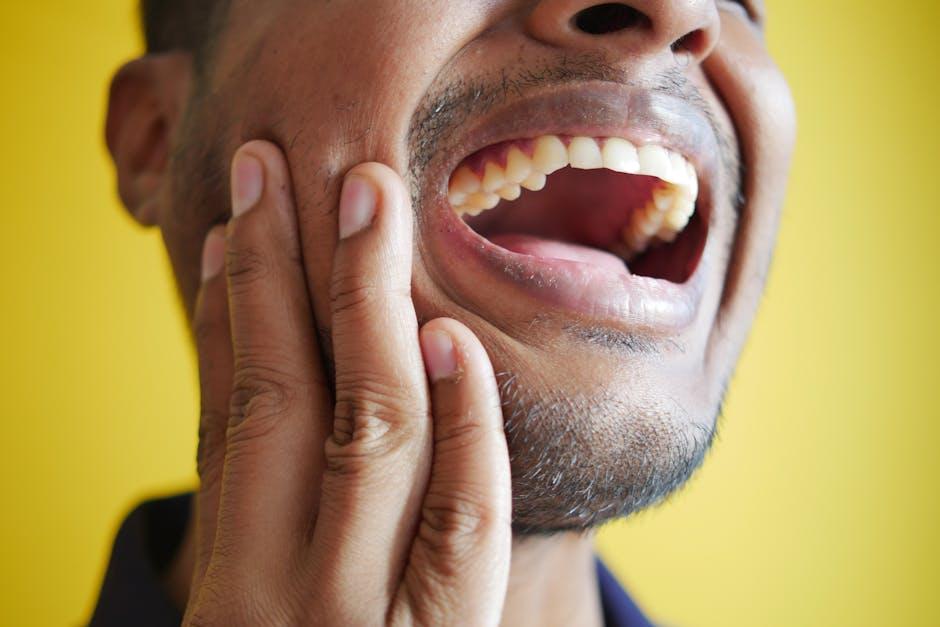
What Qualifies As A Dental Emergency? – Texas A&M
Dental emergencies can be painful, stressful, and often require immediate professional attention. But not every toothache or minor discomfort qualifies as a true dental emergency. At Texas A&M, dental experts emphasize the importance of recognizing real dental emergencies to ensure timely care, preserve oral health, and avoid complications. In this article, we’ll explore what exactly constitutes a dental emergency, how to identify one, and what steps you should take if you or a loved one face urgent dental issues.
Understanding Dental Emergencies
A dental emergency typically involves conditions that require quick intervention to alleviate severe pain, prevent permanent damage, stop bleeding, or address infection risks. Recognizing these emergencies early can safeguard your long-term oral health and avoid more extensive treatment later.
Key signs of a dental emergency include:
- Intense or persistent tooth pain that doesn’t improve with over-the-counter medication
- Uncontrolled bleeding in or around the mouth
- Swelling that affects the face or neck
- Knocked-out (avulsed) or severely fractured tooth
- Infections causing fever and facial swelling
- Dental trauma with broken jaw or cut tissue
Common Types of Dental Emergencies According to Texas A&M Experts
| Dental Emergency | Symptoms | Urgency Level |
|---|---|---|
| Tooth Avulsion (Knocked-Out Tooth) | Tooth completely dislodged, bleeding socket | Highest – Seek immediate care |
| Severe Toothache | Continuous, throbbing pain, swelling | High – Use pain management and see a dentist ASAP |
| Lost Dental Filling or Crown | Exposed tooth, sensitivity to air or food | Moderate – Schedule prompt dental visit |
| Broken or Chipped Tooth | Sharp edges, pain, sensitivity | Moderate to High – Immediate consultation needed |
| Oral Abscess or Infection | Pus, swelling, fever, pain | High – Medical attention required |
How to Handle a Dental Emergency
If you face a dental emergency, immediate and calm action can preserve your tooth and improve the outcome. Texas A&M dental professionals recommend the following practical steps:
For Knocked-Out Teeth
- Handle the tooth by the crown (top), avoid touching roots
- Rinse the tooth gently with milk or saline solution, never scrub
- Attempt to place the tooth back in the socket if comfortable
- If not possible, keep the tooth moist in milk or saliva
- Seek emergency dental care within 1 hour
For Broken or Chipped Teeth
- Save any tooth fragments and bring them to the dentist
- Rinse mouth with warm water to clean the area
- Apply cold compress to reduce swelling
- Use dental cement (available at pharmacies) to cover sharp edges temporarily
- Visit your dentist as soon as possible
For Severe Toothaches
- Rinse mouth with warm salt water
- Use over-the-counter pain relievers (avoid aspirin directly on gums)
- Maintain oral hygiene but avoid extreme temperatures in foods
- Schedule an emergency dental consultation promptly
When Not to Panic: Non-Emergency Dental Issues
Texas A&M dental experts stress that some dental discomforts, while unpleasant, don’t require emergency care but still need attention. These include:
- Slightly loose dental fillings or crowns without pain
- Mild gum irritation or bleeding
- Soreness from braces or dental appliances
- Minor sensitivity to temperature or sweets
Schedule a regular dental visit or call your dentist to discuss these concerns, but no immediate emergency call is necessary.
Benefits of Knowing What Qualifies As a Dental Emergency
Understanding dental emergencies can help you:
- Prevent permanent tooth loss
- Avoid complications such as infections and abscesses
- Reduce pain and discomfort quickly
- Save time and money by getting appropriate care fast
- Be prepared with the right first-aid response
Case Study: Real-Life Dental Emergency at Texas A&M Clinics
A Texas A&M student experienced a traumatic dental accident during a sports event resulting in a knocked-out front tooth. Thanks to immediate recognition of the emergency, proper first-aid, and urgent dental care, the tooth was successfully re-implanted within 45 minutes. This case highlights how knowing the signs and acting promptly can save natural teeth and prevent complex restorative procedures.
Practical Tips for Preventing Dental Emergencies
- Wear mouthguards during contact sports
- Maintain regular dental check-ups every six months
- Practice good oral hygiene to prevent infections
- Avoid chewing on hard objects like ice or pens
- Keep dental emergency kits with temporary dental cement and pain relief accessible
Conclusion
Dental emergencies can be frightening, but understanding what qualifies as an emergency can empower you to act quickly and effectively. According to Texas A&M dental experts, recognizing the difference between urgent and non-urgent dental issues is crucial for preserving your oral health and overall well-being. If you or someone you care about experiences severe pain, trauma, or signs of infection, do not delay in seeking emergency dental care. Equipped with the right knowledge and preparation, you can handle dental emergencies confidently and keep your smile healthy.


